Guide to Solar Incentives in America's 12 Biggest Cities
Uncle Sam and many state and local governments and utilities offer financial incentives to homeowners who install a solar power system.

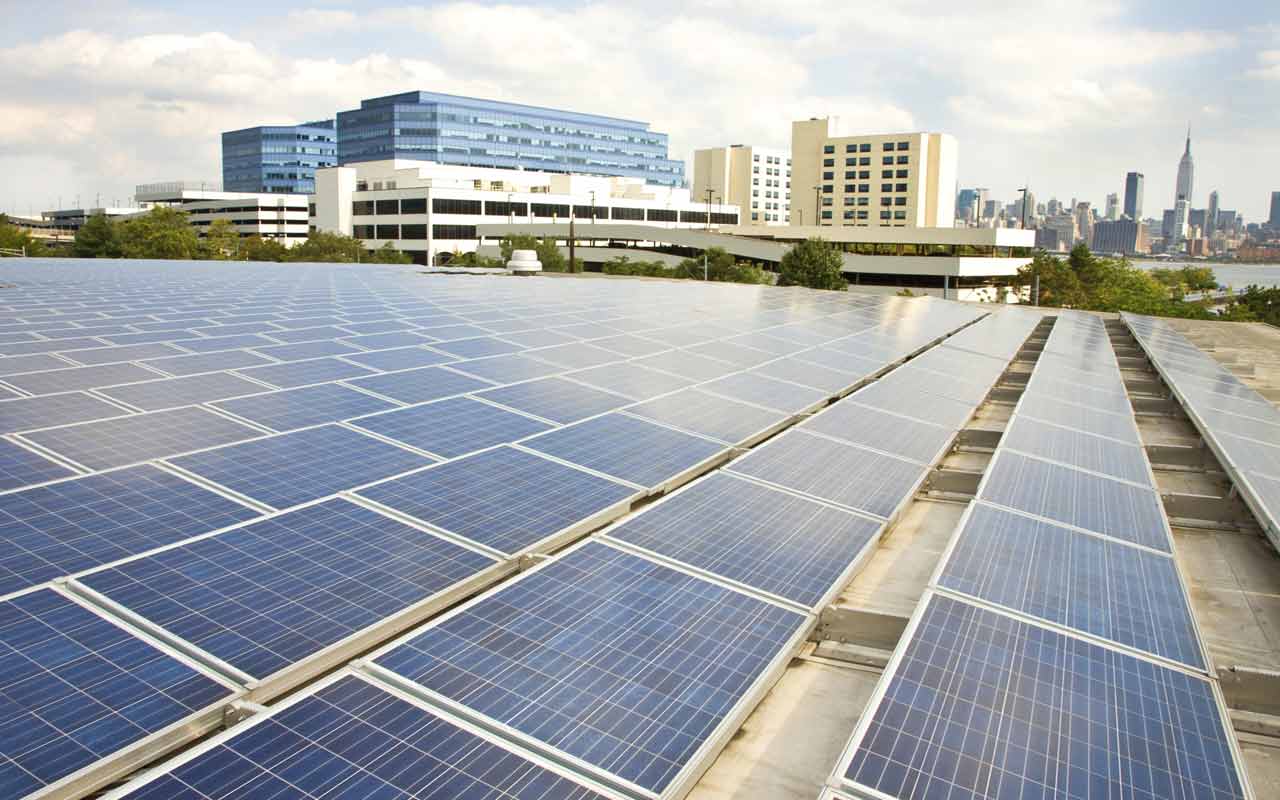
Uncle Sam and many state and local governments and utilities offer financial incentives to homeowners who install a solar power system. The federal Residential Renewable Energy Tax Credit will reduce your federal income tax bill dollar for dollar for 30% of the up-front cost of a system (the system must be in service by December 31, 2016). States may also offer a tax credit, and states and cities often offer rebates as well as sales and property tax exemptions.
We asked EnergySage.com, which provides comparisons of estimates from solar-panel installers, to estimate the size and cost—before and after incentives—of a solar power system that would cover a $100 monthly electricity bill in America's 12 biggest cities. (If you use more than that, you will have to buy electricity directly from your electric utility to cover the excess.) The site also estimated annual and total savings for both a purchased system and one leased over 20 years, plus the payback period—that is, how long it would take to recoup the up-front cost of a solar power system.
In most areas, homeowners can get credit for any excess electricity that their system produces (called net metering). That credit is baked into the estimated monthly and annual savings.
For more on how to go solar at home, see Money-Smart Reasons to Install Solar Panels at Your Home Now.
State household monthly electricity use: U.S. Energy Information Administration Hours of full sun daily: National Renewable Energy Laboratory Metro-area cost per kilowatt-hour (kWh), estimated system cost after incentives, estimated annual savings over 20 years and time to recoup investment: EnergySage.com Financial incentives: Database of State Incentives for Renewables & Efficiency (dsireusa.org)

Atlanta
State household monthly electricity use (national avg. = 909 kWh): 1,088 kWh
Metro-area electricity cost (national avg. = 12.35 cents per kWh): 8 cents per kWh
Projected monthly bill: $87
Hours of full sun daily: 5 to 5.5
System cost after incentives: $28,000
Annual savings over 20 years: $450
Time to recoup investment: 17 years
Homeowners here, on average, need a large, 11.4 kilowatt (kW) system to offset a $100 electric bill each month. Assuming you installed an average-cost system (the range runs from $34,000 to $43,000), you’d pay $28,000 after the federal tax credit and other incentives. You’d save $9,000 over 20 years once you recouped the cost of the system—but it would take 17 years to earn back the up-front cost. Of the 12 cities, Atlanta has the highest system cost after incentives, the least savings annually, and the longest payback period. Why? Electricity is cheap and, partly because leasing has only recently been allowed by state law, demand hasn’t ramped up yet.
STATE AND LOCAL FINANCIAL INCENTIVES: Utility rebate of $450 per kW of system capacity, up to a maximum of $4,500.
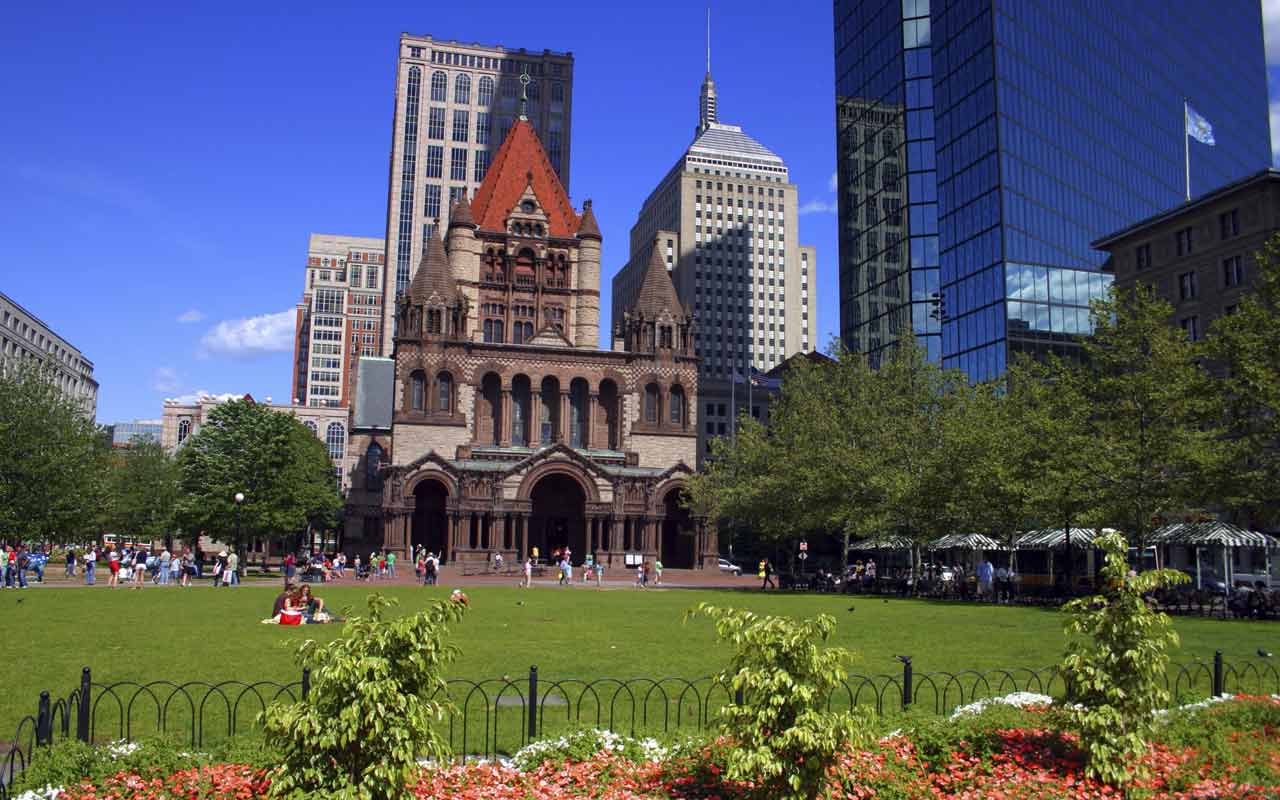
Boston
State household monthly electricity use: 638 kWh
Metro-area electricity cost: 18 cents per kWh
Projected monthly bill: $115
Hours of full sun daily: 3.5 to 4
System cost after incentives: $13,000
Annual savings over 20 years: $1,750
Time to recoup investment: 5 years
Solar is a surprising bargain in Beantown, despite numerous cloudy days and long winters. Boston’s expensive electricity and Massachusetts’ generous incentives make solar work. To eliminate a monthly electric bill of $100, a Boston homeowner would need a midsize, 5.3 kW system. After incentives, the net cost of an average system would be $13,000, saving a total of $35,000 over 20 years. (System costs run from $18,000 to $25,000.) If you leased a system (with no up-front cost), you would save $550 annually, or $11,000 over 20 years.
STATE AND LOCAL FINANCIAL INCENTIVES: State personal tax credit of 15% of system cost (after subtracting the federal tax credit), up to $1,000. State sales tax and property tax exemptions. Eligible to earn Solar Renewable Energy Certificates, worth $300 apiece. Homeowners receive credit from their utility for every megawatt-hour (MWh) of electricity that their system produces, which they can sell periodically to utilities that are trying to meet state standards for electric supply from renewable sources. For more on these programs, see www.srectrade.com.
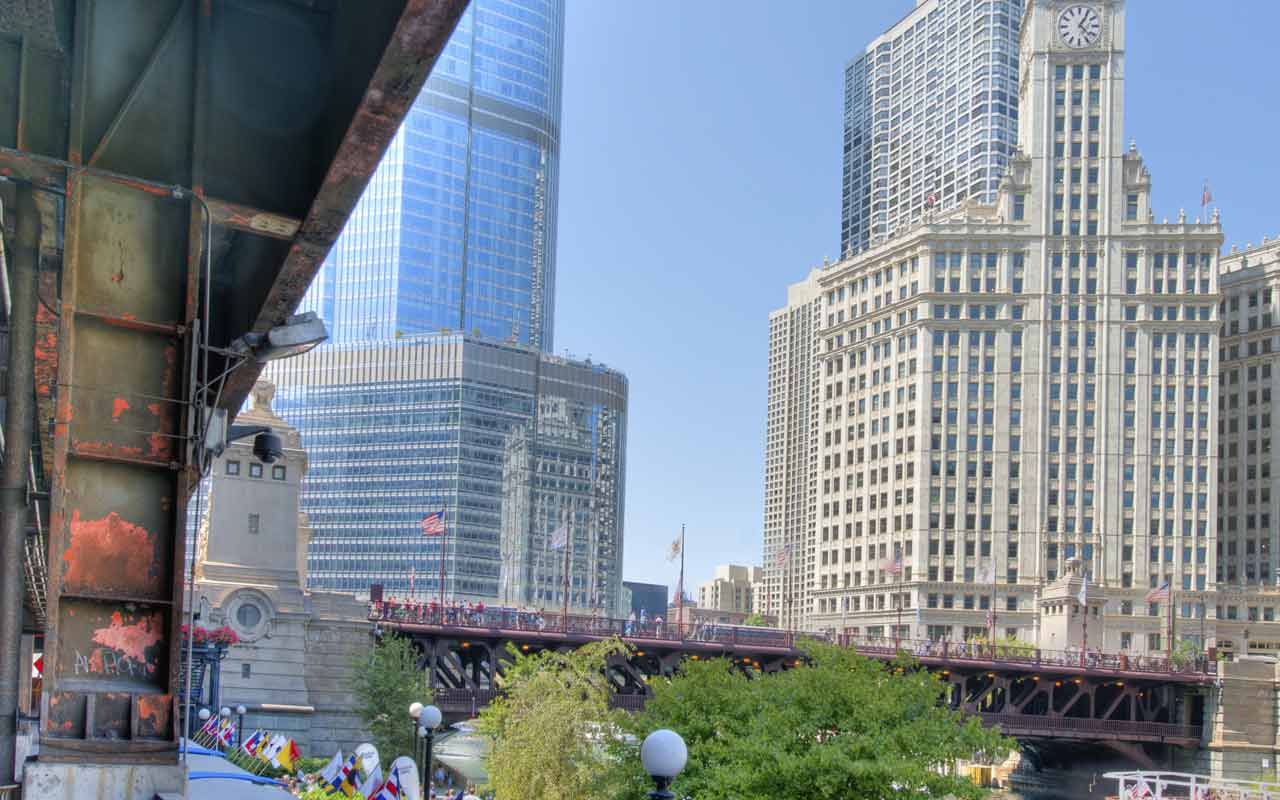
Chicago
State household monthly electricity use: 755 kWh
Metro-area electricity cost: 12 cents per kWh
Projected monthly bill: $91
Hours of full sun daily: 4 to 4.5
System cost after incentives: $19,800
Annual savings over 20 years: $800
Time to recoup investment: 12 years
It would take more than twice as long to earn back the investment in a typical solar power system in the Windy City compared with Boston. Chicago residents use more electricity than Bostonians, electric rates are cheaper, the typical system is larger, and state and local incentives are stingy. To eliminate a monthly electric bill of $100, you’d need an 8.3 kW solar system with an up-front cost of $27,500 to $33,000. After applying incentives, the net cost of an average system would be $19,800. You’d save $16,000 over 20 years.
Leasing isn't available in Illinois.
STATE AND LOCAL FINANCIAL INCENTIVES: State property tax incentive that requires a special assessment so that your tax bill doesn’t rise. Eligible to earn Solar Renewable Energy Certificates, newly launched in 2015, worth $61 or $83 apiece, depending on the utility. City express-permit program with reduced fees.

Dallas
State household monthly electricity use: 1,174 kWh
Metro-area electricity cost: 7 cents per kWh
Projected monthly bill: $82
Hours of full sun daily: 5 to 5.5
System cost after incentives: $17,000
Annual savings over 20 years: $670
Time to recoup investment: 13 years
Homeowners here, as elsewhere in the southern central U.S., use a lot of cheap electricity to cool and heat their homes. To eliminate a monthly electric bill of $100, a Dallas homeowner will need a large system, at 11.4 kW, with an up-front cost of $32,000 to $42,000. After applying generous utility incentives, the net cost of an average system would be $17,000. The homeowner would save $13,400 over 20 years. (Leasing has just come to Texas, so data isn't available.)
STATE AND LOCAL FINANCIAL INCENTIVES: Utility rebate from local electric supplier Oncor of $538.80 per kW of system size (up to maximum of 10 kW) and $0.3462 per kWh of energy produced. State property tax exemption for 100% of system cost.

Houston
State household monthly electricity use: 1,174 kWh
Metro-area electricity cost: 8 cents per kWh
Projected monthly bill: $94
Hours of full sun daily: 4.5 to 5
System cost after incentives: $18,000
Annual savings over 20 years: $635
Time to recoup investment: 14 years
The business of energy dominates the economy of Houston, and cheap electricity runs its home cooling and heating systems. To eliminate a monthly electric bill of $100, a Houston homeowner would need a 9.5 kW system, with an up-front cost of $26,000 to $35,000. After applying incentives, the net cost of an average system would be $18,000. The homeowner would save $12,700 over 20 years. (Leasing has just come to Texas, so data isn't available.)
STATE AND LOCAL FINANCIAL INCENTIVES: State property tax exemption for 100% of system cost.

Los Angeles
State household monthly electricity use: 557 kWh
Metro-area electricity cost: 21 cents per kWh
Projected monthly bill: $117
Hours of full sun daily: 5.5 to 6.5
System cost after incentives: $7,900
Annual savings over 20 years: $1,150
Time to recoup investment: 7 years
Californians use less electricity per capita than residents of any other state. Almost half of homeowners don’t have or don’t use air conditioning. That’s a good thing, because electric rates are high. California has the most installed solar capacity of any state, but unfortunately for homeowners, many of the incentives for going solar have expired. To eliminate a monthly electric bill of $100, a homeowner needs a small, 3.65 kW system, with an up-front cost of $11,000 to $16,000. After applying incentives, the net cost of an average system would be $7,900, for a savings of $23,000 over 20 years. A homeowner who leases a system would save $450 annually and a total of $9,000 over 20 years.
STATE AND LOCAL FINANCIAL INCENTIVES: State property tax exemption for 100% of the system value and city utility rebate (Los Angeles Department of Water & Power) of $0.40 per watt of system capacity, up to 75% of project cost.
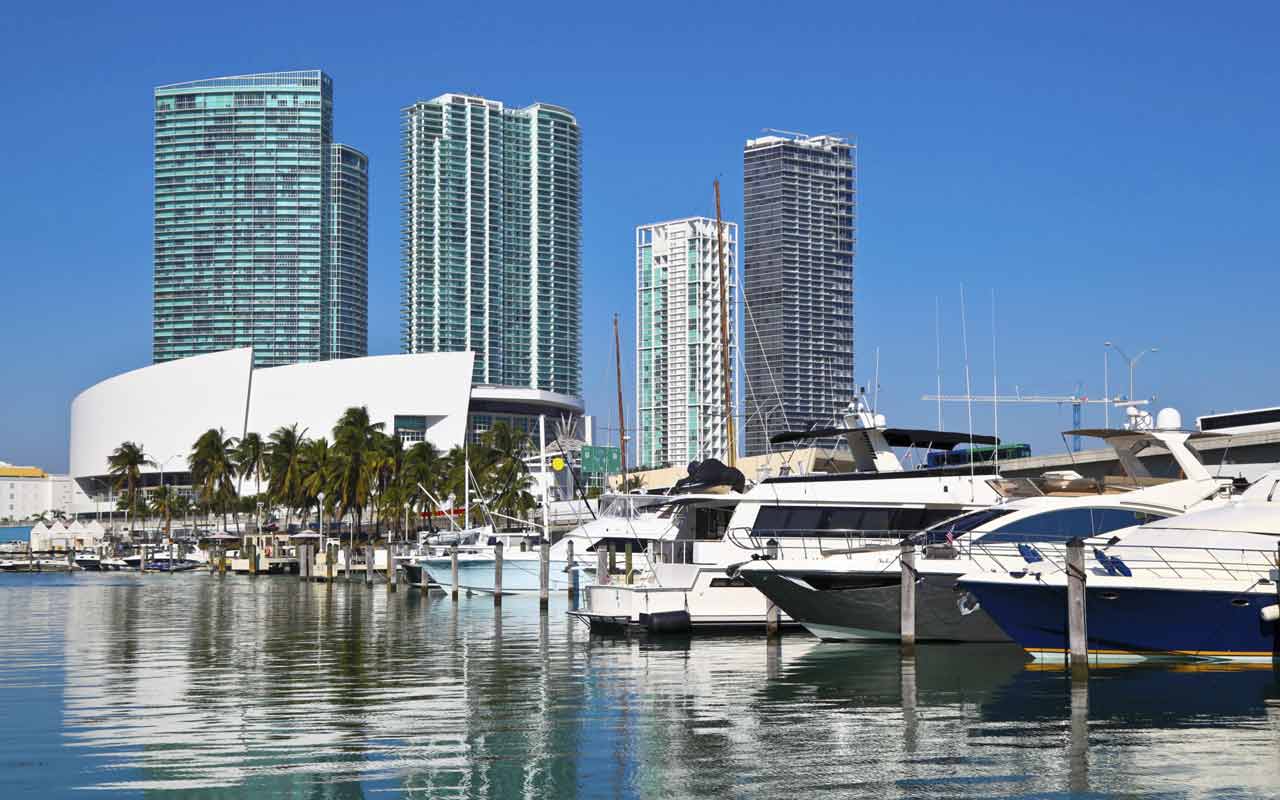
Miami
State household monthly electricity use: 1,078 kWh
Metro-area electricity cost: 10 cents per kWh
Projected monthly bill: $108
Hours of full sun daily: 5 to 5.5
System cost after incentives: $15,000
Annual savings over 20 years: $780
Time to recoup investment: 11 years
The Sunshine State ranks third in the U.S. for untapped potential for rooftop solar. The state doesn't allow leasing, so homeowners haven't had a way to get into the game without an initial outlay of cash. Even so, homeowners would save $15,600 over 20 years with a system large enough (7.8 kW) to eliminate a monthly electric bill of $100. After applying incentives, the net cost of an average system would be $15,000 (up-front cost: $20,000 to $23,000).
STATE AND LOCAL FINANCIAL INCENTIVES: State sales tax and property tax exemptions.

New York City
State household monthly electricity use: 602 kWh
Metro-area electricity cost: 21 cents per kWh
Projected monthly bill: $126
Hours of full sun daily: 4 to 4.5
System cost after incentives: $7,000
Annual savings over 20 years: $1,300
Time to recoup investment: 6 years
The state of New York and New York City offer homeowners generous incentives for going solar. The state hopes to soon meet nearly one-third of its need for electricity from renewable sources. To eliminate a monthly electric bill of $100, a homeowner needs a modest-size, 4.7 kW system, with an up-front cost of $15,000 to $20,000. After applying incentives, the net cost of an average system would be just $7,000—the lowest cost among the 12 cities. You’d save $26,000 over 20 years. A homeowner who leases a system would save $420 annually and $10,000 in total over 20 years.
FINANCIAL INCENTIVES: State residential solar tax credit of 25% of system cost, up to $5,000, and a cash rebate of $0.30 to $0.70 per watt of capacity, depending on location (both to a maximum system size of 25 kW). Sales tax exemption. City property tax exemption equal to 5% annually of the system cost for four years.
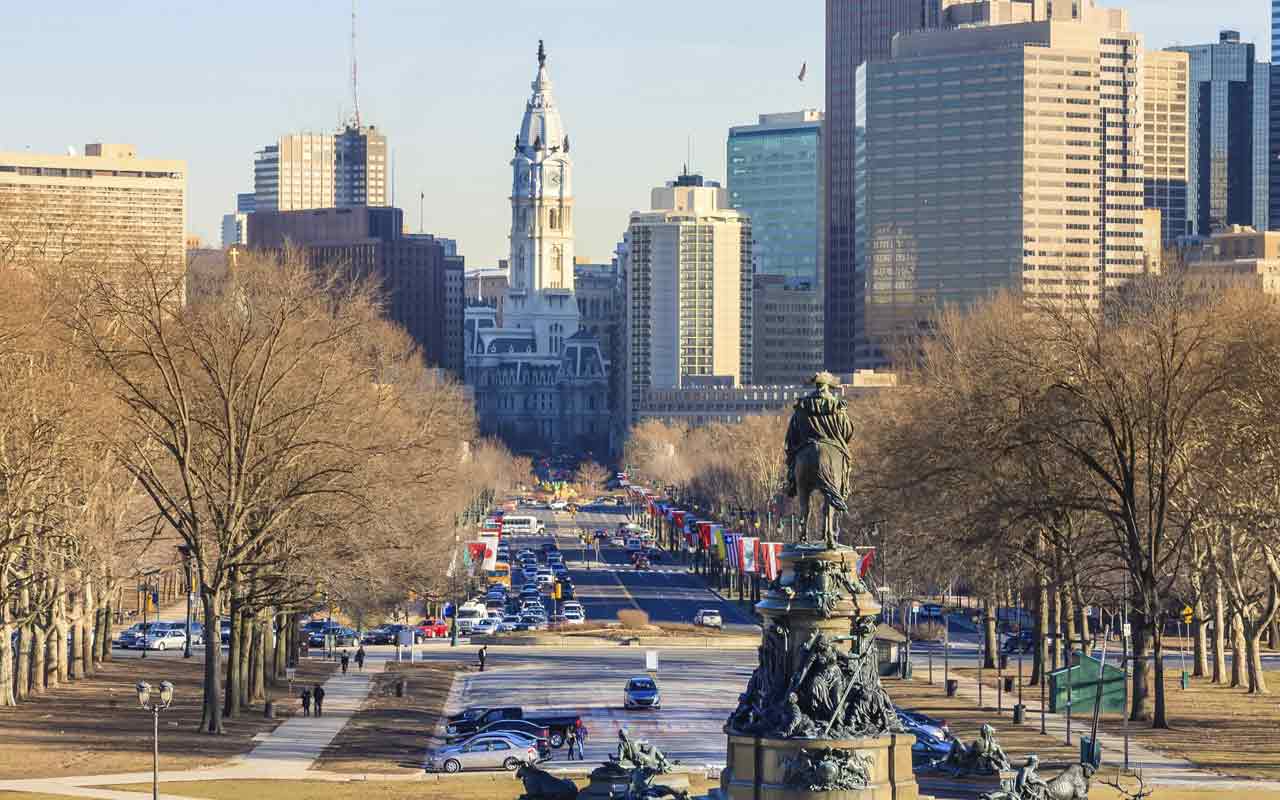
Philadelphia
State household monthly electricity use: 857 kWh
Metro-area electricity cost: 16 cents per kWh
Projected monthly bill: $137
Hours of full sun daily: 4.5 to 5
System cost after incentives: $14,000
Annual savings over 20 years: $1,100
Time to recoup investment: 9 years
Homeowners in the City of Brotherly Love pay the highest electric bills, on average, among the dozen largest U.S. cities. To eliminate a monthly electric bill of $100, a homeowner there needs a moderate-size, 5.7 kW system, with an up-front cost of $17,500 to $25,000. After applying incentives, the net cost of an average system would be $14,000. The homeowner would save $22,000 over 20 years. A homeowner who leases a system would save $445 annually and $8,900 in total over 20 years.
STATE AND LOCAL FINANCIAL INCENTIVES: Eligible to earn State Solar Renewable Energy Certificates worth about $18 per MWh of electricity produced.

Phoenix
State household monthly electricity use: 1,049 kWh
Metro-area electricity cost: 12 cents per kWh
Projected monthly bill: $126
Hours of full sun daily: 6 to 7
System cost after incentives: $11,400
Annual savings over 20 years: $1,095
Time to recoup investment: 9 years
Weather reports in Phoenix are predictable: Sunny and hot. Arizona ranks second in the U.S. for installed solar capacity. However, the financial benefits for homeowners have dimmed because of the imposition of fees on utility customers who have grid-connected solar systems by the state’s utility regulator. To eliminate a monthly electric bill of $100, a homeowner needs a moderate-size, 5.6 kW system, with an up-front cost of $18,500 to $23,000. After applying incentives, the net cost of an average system would be $11,400. The homeowner would save $21,900 over 20 years. A homeowner who leases a system would save $475 annually and a total of $9,500 over 20 years.
STATE AND LOCAL FINANCIAL INCENTIVES: State personal tax credit equal to 25% of the system cost, up to a maximum of $1,000 per home, if you buy a system. Sales tax and property tax exemptions.
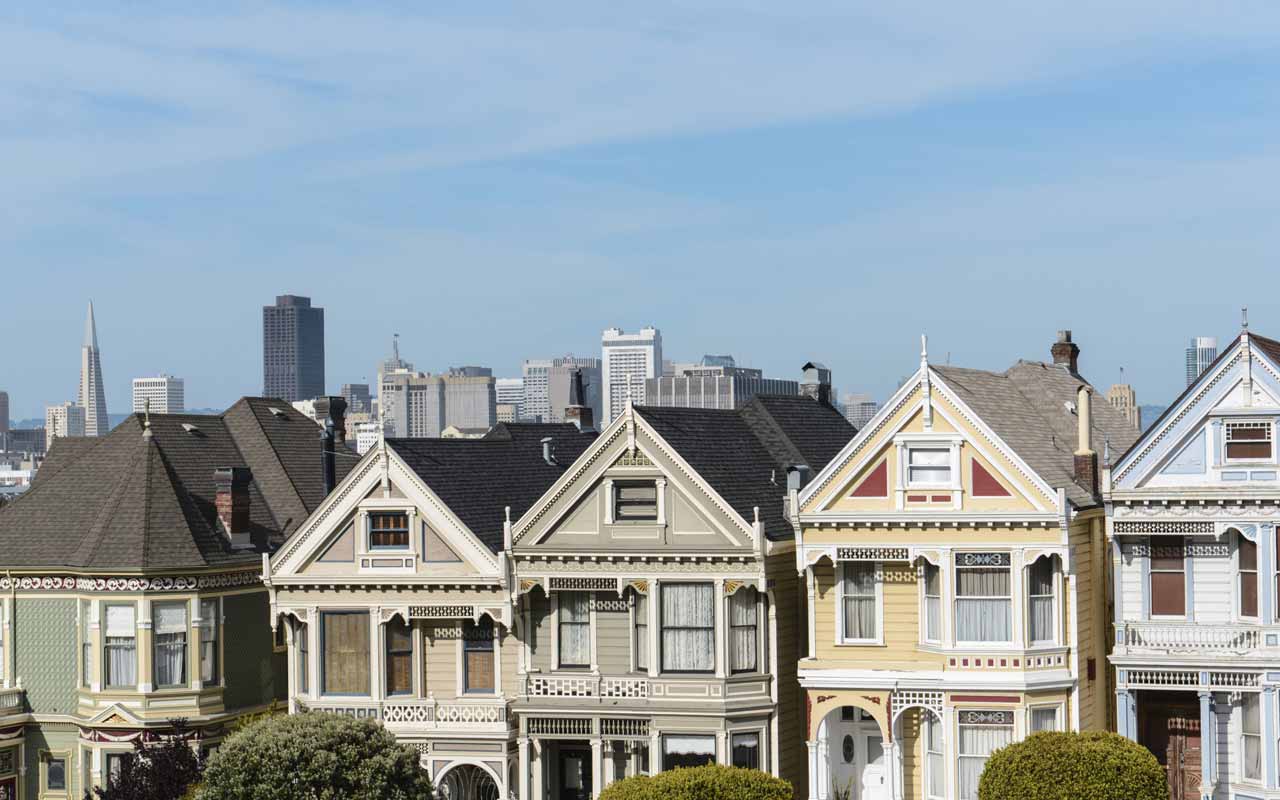
San Francisco
State household monthly electricity use: 557 kWh
Metro-area electricity cost: 23 cents per kWh
Projected monthly bill: $128
Hours of full sun daily: 5 to 6
System cost after incentives: $8,500
Annual savings over 20 years: $1,155
Time to recoup investment: 7 years
Even the electricity is expensive in this high-cost city. But with relatively low consumption (not much need for heating and cooling) and plenty of California sunshine, homeowners can cover their monthly electric bill with a relatively small system. To eliminate a monthly bill of $100, you’d need a 3.7 kW system, with an up-front cost of $11,000 to $16,000. After applying incentives, the net cost of an average system would be $8,500. The homeowner would save $23,100 over 20 years. A homeowner who leases a system would save $440 annually and a total of $8,800 over 20 years.
STATE AND LOCAL FINANCIAL INCENTIVES: City rebate (through the San Francisco Public Utilities Commission) of $500 to $2,800, depending on the system size, and more if you qualify as low-income or use a city-based installer. State property-tax exemption equal to 100% of the system value.
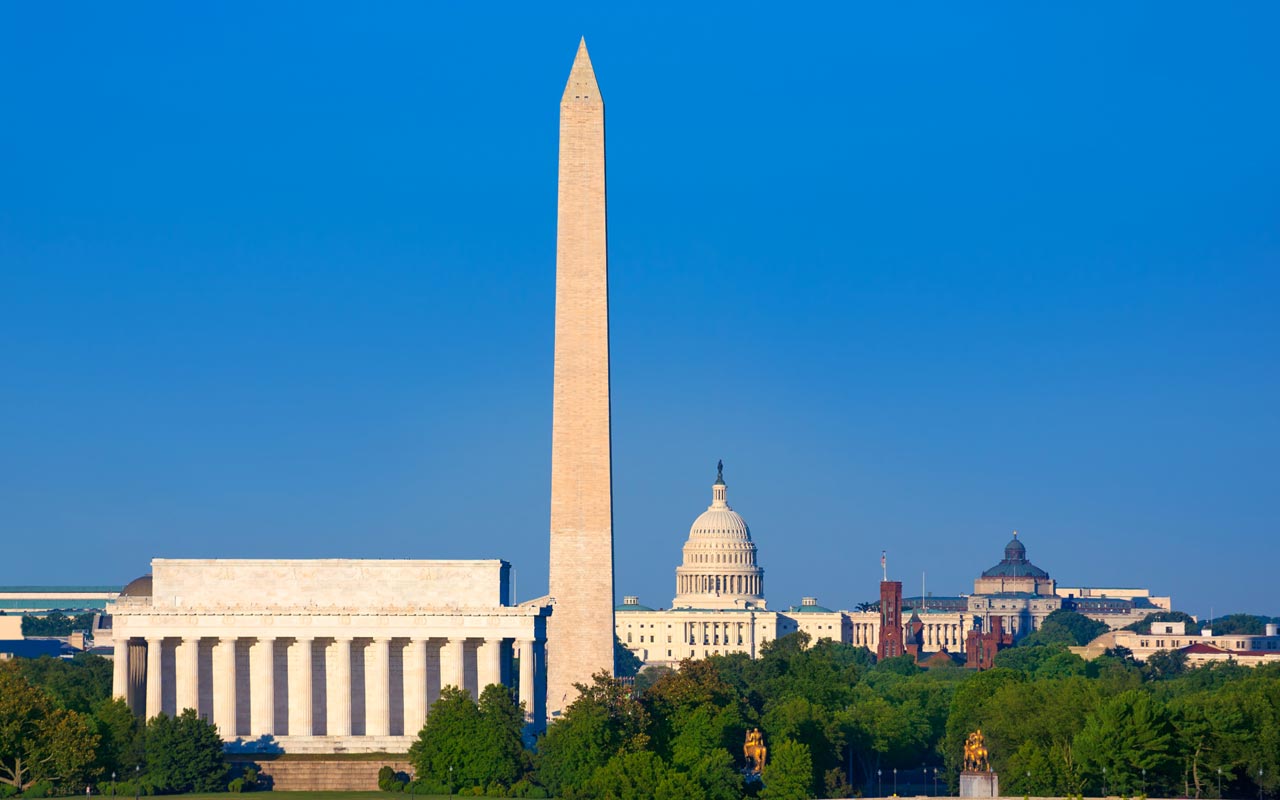
Washington, D.C.
State household monthly electricity use: 720 kWh
Metro-area electricity cost: 12 cents per kWh
Projected monthly bill: $86
Hours of full sun daily: 4.5 to 5
System cost after incentives: $17,900
Annual savings over 20 years: $2,305
Time to recoup investment: 4 years
You can thank Congress for the generous, soon-to-expire federal tax credit, but solar systems are a win-win in the nation’s capital mostly because demand for Solar Renewable Energy Certificates is high and their value has increased, says Vikram Aggarwal, CEO of EnergySage.com. (That happens when electric utilities lag in their development of renewable sources and, to meet their state-mandated quota, must buy SRECs. Homeowners receive the benefit of the SRECs over time as their system produces electricity, according to srectrade.com.) To eliminate a monthly electric bill of $100, a homeowner needs a moderately large, 7.5 kW system, with an up-front cost of $22,000 to $30,000. After applying incentives, the net cost of an average system would be $17,900. You’d recoup the system cost in four years, and over 20 years you’d save $46,100—the greatest savings and quickest payback among the 12 cities.
Data for leasing isn't available.
STATE AND LOCAL FINANCIAL INCENTIVES: Eligible to earn Solar Renewable Energy Certificates, worth $480 per MWh of electricity produced. Personal property tax exemption for the value of the system. Just over the state line, in Maryland: State rebate of $1,000 per household. Property-and sales tax exemptions. SRECs traded on average for $160 per MWh in March 2015.
Profit and prosper with the best of Kiplinger's advice on investing, taxes, retirement, personal finance and much more. Delivered daily. Enter your email in the box and click Sign Me Up.

-
 The Retirement Donor's Checklist: Key Deadlines by Gift Type
The Retirement Donor's Checklist: Key Deadlines by Gift TypeRetirees have some charitable contribution options that can help avoid spikes in income from RMDS and capital gains.
-
 Cooler Inflation Supports a Relief Rally: Stock Market Today
Cooler Inflation Supports a Relief Rally: Stock Market TodayInvestors, traders and speculators welcome much-better-than-hoped-for core CPI data on top of optimism-renewing AI earnings.
-
 Are T-Mobile's Prepaid Perks a Home Run or a Strikeout?
Are T-Mobile's Prepaid Perks a Home Run or a Strikeout?T-Mobile's prepaid lineup promises MLB.TV, T-Mobile Tuesdays and hotspot data. But do the perks make it worth switching?
-
 12 Great Places to Retire in the Midwest
12 Great Places to Retire in the MidwestPlaces to live Here are our retirement picks in the 12 midwestern states.
-
 15 Cheapest Small Towns to Live In
15 Cheapest Small Towns to Live InThe cheapest small towns might not be for everyone, but their charms can make them the best places to live for plenty of folks.
-
 Best Cold Weather Places to Retire
Best Cold Weather Places to RetirePlaces to live Some like it hot; others, not so much. Here are the 12 best places to retire if you can't stand the heat.
-
 The 24 Cheapest Places To Retire in the US
The 24 Cheapest Places To Retire in the USWhen you're trying to balance a fixed income with an enjoyable retirement, the cost of living is a crucial factor to consider. Is your city the best?
-
 The Six Best Places to Retire in New England
The Six Best Places to Retire in New Englandplaces to live Thinking about a move to New England for retirement? Here are the best places to land for quality of life, affordability and other criteria.
-
 Best Cold Weather Places to Retire
Best Cold Weather Places to Retireplaces to live Some like it hot; others not so much. Here are the 12 best places to retire if you can't stand the heat.
-
 15 Ways to Prepare Your Home for Winter
15 Ways to Prepare Your Home for Winterhome There are many ways to prepare your home for winter, which will help keep you safe and warm and save on housing and utility costs.
-
 5 Great Places to Buy a Vacation Home
5 Great Places to Buy a Vacation HomeWant a vacation home for remote work or a fun getaway? Here are locations with median prices under $500K.
